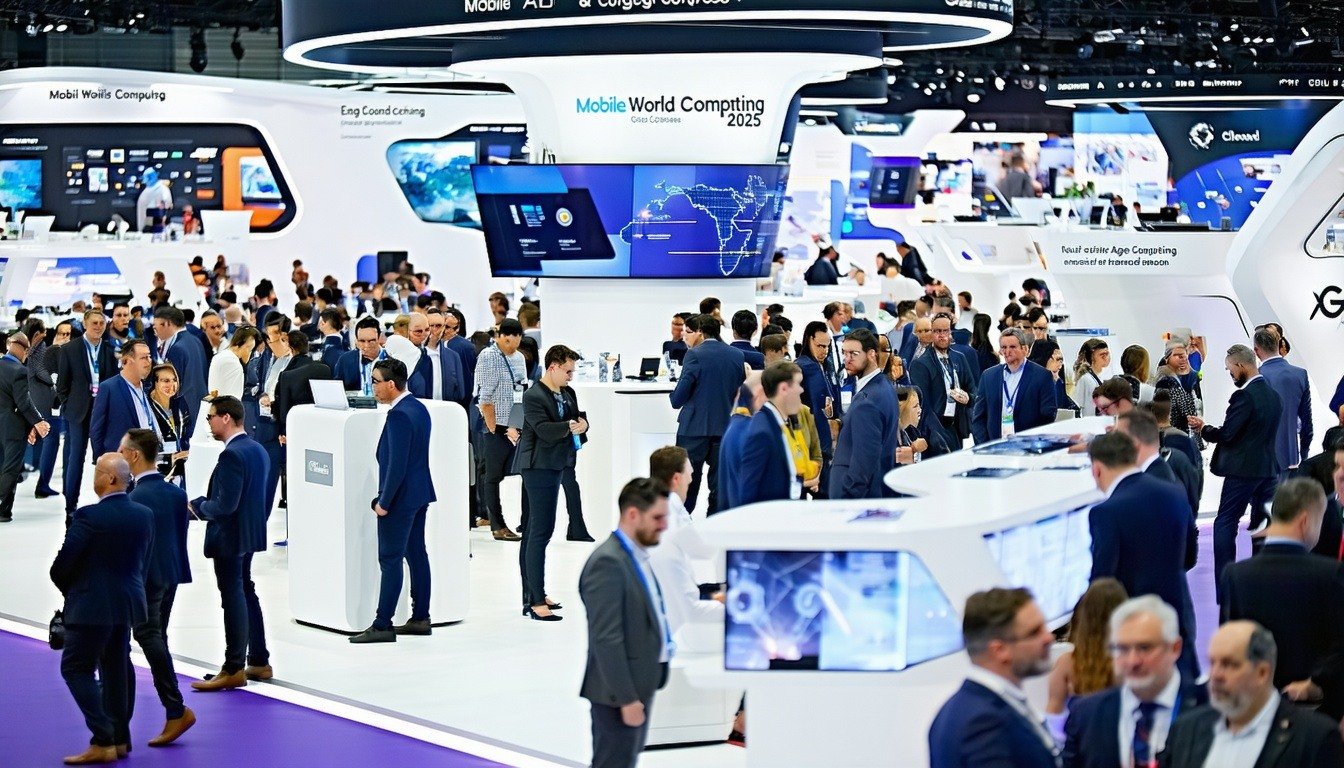Managing a cold chain requires precision, real-time data, and reliable technology to ensure that temperature-sensitive products—whether food, pharmaceuticals, or chemicals—are transported without compromising their integrity. As supply chain managers seek advanced cold chain monitoring solutions, understanding the critical innovation criteria is essential for making the right choice.
Based on my recent experience studying this market, it is evident that the top cold chain monitoring systems share some common ground. This article serves a a buyer guide for supply chain managers, walking you through the criteria you should be looking for in a cold chain monitoring system.
User Experience
User Experience (UX) is crucial for ensuring that both novice and seasoned users can quickly adapt to the cold chain monitoring system. The ideal solution should offer customizable workflows and rules-based alert engines in case of temperature deviations without needing specialized Information Technology (IT) support.
For example, companies like Samsara have excelled in this area with intuitive interfaces and easy-to-use mobile apps. Its platform allows users to quickly set up Key Performance Indicators (KPIs) and gain real-time insights, even without extensive technical knowledge.
Motive is another vendor that has created a solid UX. The San Francisco-based company provides a user-friendly solution with integrated monitoring, ensuring that managers can access critical data with minimal friction.
Why It Matters: A simplified User Interface (UI) reduces the learning curve and time to value for organizations, enabling faster adoption and more effective monitoring. This is especially important for ensuring that critical cold chain data are acted upon in real time, reducing the risk of product spoilage.
Product Features
The most effective cold chain tracking solutions offer a robust feature set, including multiple sensors (to enable ambient temperature tracking across different areas of the refrigerated truck), for open/closed sensors, real-time temperature monitoring, Global Positioning System (GPS) tracking, alerts, and proof of delivery. Key features like power/battery backup ensure that monitoring continues even during equipment failures, while regulatory compliance features help you meet the standards required in food, pharmaceuticals, or chemical transport.
Powerfleet’s Unity platform, for instance, provides comprehensive temperature control and monitoring features, along with GPS tracking and Electronic Logging Device (ELD) compliance. Its solution is designed to ensure product quality from start to finish, with real-time alerts for temperature deviations or equipment malfunctions.
Why It Matters: With real-time tracking at a granular level, supply chain managers can make data-driven decisions quickly, reducing product waste and maintaining compliance with industry regulations.
Scalability and Integration
Scalability and integration capabilities with existing systems are critical for enterprise-level supply chains. A cold chain tracking solution that can grow with your business and integrate with your Fleet Management System (FMS) or Transport Management System (TMS) ensures a more seamless workflow and break data silos. Moreover, leading solution providers allow you to integrate predictive analytics and Internet of Things (IoT) applications into your monitoring software.
For example, Webfleet and CalAmp use Application Programming Interfaces (APIs) that enable organizations to easily integrate third-party data and peripherals. As another example, Roambee supports seamless integration with existing enterprise software like Enterprise Resource Planning (ERP). That way, your broader logistics strategy includes IoT data from refrigerated trucks, units, or other data sources.
Why It Matters: As your fleet grows, you need a cold chain monitoring system that can scale without losing functionality or overburdening your current infrastructure. Seamless integration with existing systems reduces operational complexity.
Artificial Intelligence and Machine Learning Capabilities
Artificial Intelligence (AI) and Machine Learning (ML) play an increasingly important role in optimizing cold chain logistics. These technologies can predict equipment failures, optimize load distribution, and identify the best storage areas within a refrigerated vehicle. AI-powered insights can help reduce energy consumption, prevent waste, and enhance overall efficiency.
Motive and Samsara are leaders in integrating AI and ML into their platforms. For instance, Motive’s solution offers AI-driven predictive analytics, which helps managers anticipate potential risks (e.g., temperature fluctuations) in the cold chain. This enables you and your team to perform proactive, rather than reactive decision-making.
Powerfleet is another notable champion of AI fusion with cold chain tracking software. It was named the top vendor in ABI Research’s Commercial Cold Chain Monitoring Solutions competitive ranking. The Unity platform’s ability to source external data and leverage AI/ML was certainly a crucial factor in our assessment.
Why It Matters: AI-powered tools provide predictive insights that go beyond basic monitoring. They enable managers to optimize routes, energy usage, and cargo handling, resulting in cost savings and increased sustainability.
Use Cases and Versatility
An ideal cold chain monitoring solution should support multiple use cases, from ensuring food safety to reducing pharmaceutical product waste. Versatility in applications allows the solution to cater to the varied demands of industries, including food & beverage, pharmaceuticals, and chemicals.
Many of the top vendors offer specialized solutions for food and pharmaceutical cold chain monitoring, ensuring product safety throughout the transportation process. For example, Roambee provides detailed monitoring across multiple stages, including warehouse, transit, and last-mile delivery. This ensures product integrity from start to finish.
Why It Matters: A solution's ability to handle various use cases across highly regulated industries makes it adaptable to different enterprise needs. In turn, businesses can expand their operations without switching or heavily customizing platforms.
Conclusion
Choosing the right cold chain monitoring solution requires more than just evaluating technical specs. The process requires thoughtful consideration of a solution’s UX, features, integration, scalability, and AI capabilities. Vendors like Samsara, Motive, and Powerfleet are setting new standards in cold chain monitoring, providing supply chain managers with the tools they need to ensure safety, efficiency, and compliance in their operations.
By prioritizing innovation, supply chain managers can make informed decisions that meet today’s operational demands and future-proof their logistics against evolving challenges in the cold chain.
If you’re a technology decision-maker for your organization’s supply chain, join ABI Research’s Innovators Network and check out the following free research findings from our analysts:
- Cold Chain Technologies for Food Safety Compliance in North America and Europe
- Six Cold Chain Monitoring Companies to Augment Your Food Supply Chain
- A 13-Point Checklist for Selling Supply Chain Control Towers






